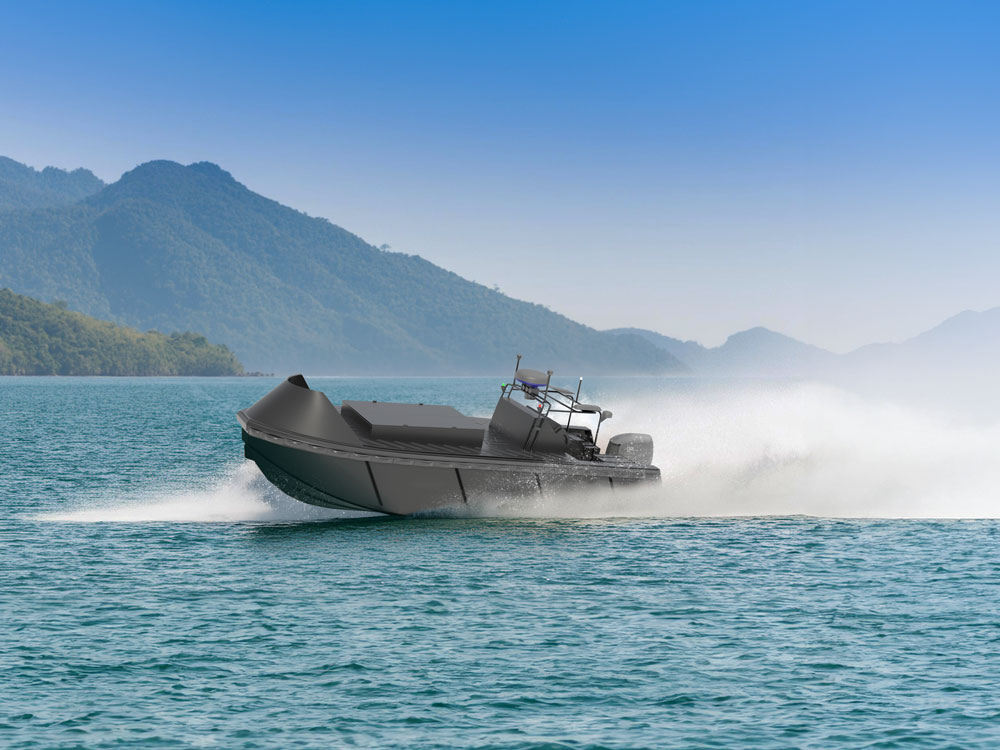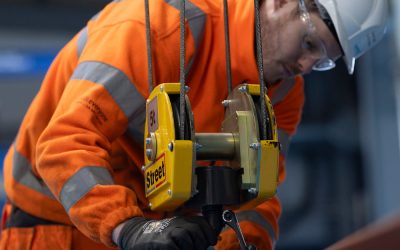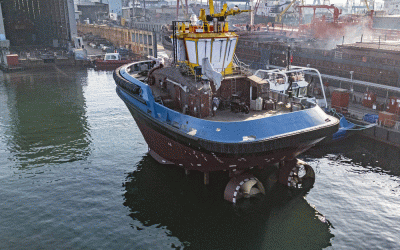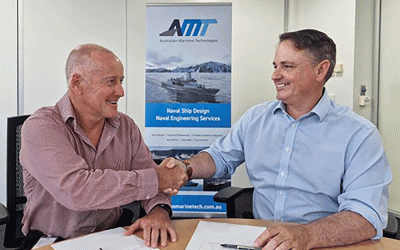Boston-based Sea Machines Robotics plans to launch a diesel-electric USV workboat class this summer, developed for tasks including search and rescue, surveying and environmental studies, in crewed or uncrewed mode.
The first unit in the new Selkie series, the Selkie 7, will feature a length of 7m, a breadth of 2.35m and a 0.4m draught, and will rely on Sea Machines’ SM300 autonomous command and control system for operations in crew-free mode. However, there will be an option to crew the vessel with a single person at the helm. The Selkie is named after a mythological shapeshifting creature with the power to switch between human and seal forms, which Sea Machines views as an apt metaphor for the boat’s crewable/uncrewed flexibility.
Sea Machines describes the Selkie 7 as its “first turnkey autonomous vessel”, following nearly a decade of collaborations with companies such as US boatbuilder Metal Shark, marine transport firm First Harvest Navigation (whose 19m cargo vessel Captain Ben Moore was retrofitted with an SM300 system in 2020) and, more recently, Zelim, developer of the uncrewed Guardian rescue craft (see Ship & Boat International May/June 2023, pages 48-49).
The SM300 package can be programmed to follow specific routes, enabling seabed or underwater pipe surveys. Using cameras and sensors, the technology can build up a picture of the boat’s surroundings, helping it to detect and avoid obstacles (including floating objects). Connectivity is possible via wireless IP radio or through LTE, Iridium or Starlink services. Additionally, the SM300 solution can be used to monitor internal engine and winch performance.
The Selkie class has been approved for use in coastal and open water, in conditions up to sea state 5, and will be fitted with a Seakeeper 1 gyrostabiliser. Its hull will be constructed in high-density polyethylene (HDPE) and will feature a weatherproofed cargo hold, accessed via a remotely controlled hatch. The hold spans 2m x 1.3m x 1m and can store two Euro-pallets. The USV will also be equipped with: a 150hp (112kW) OXE Diesel outboard; an under-keel mount for sonar or hydrophone; side pole mount locations; a conductivity, temperature and depth of water (CTD) winch; GNSS poles; and aerial antenna mount spots.
Starting with the Selkie 7, the Selkie range will initially incorporate a 12V battery with a capacity of 4.7kWh, receiving 1.5kWh from the engine alternator and 3.2kWh from an auxiliary diesel generator. This will grant the USV a range of 500nm and an endurance of 15 days. Future builds will include options for fully electric and pure-diesel propulsion, and, in terms of speed, the Selkie range will be capable of a cruise speed of 25knots, increasing to 32knots max.




